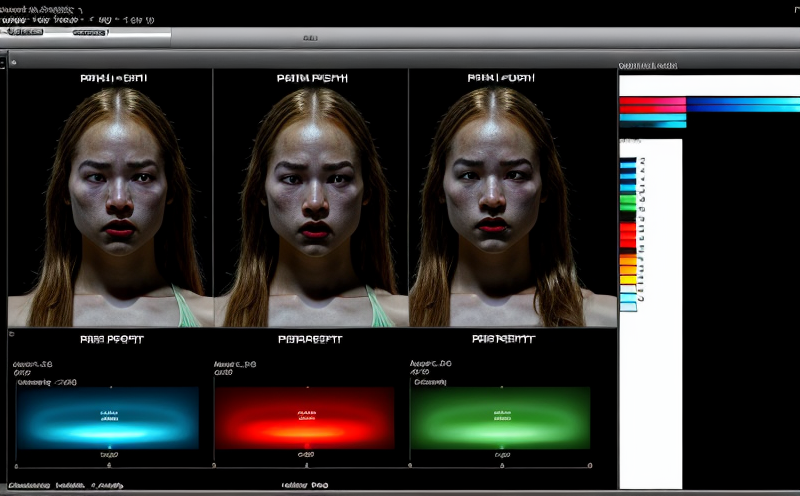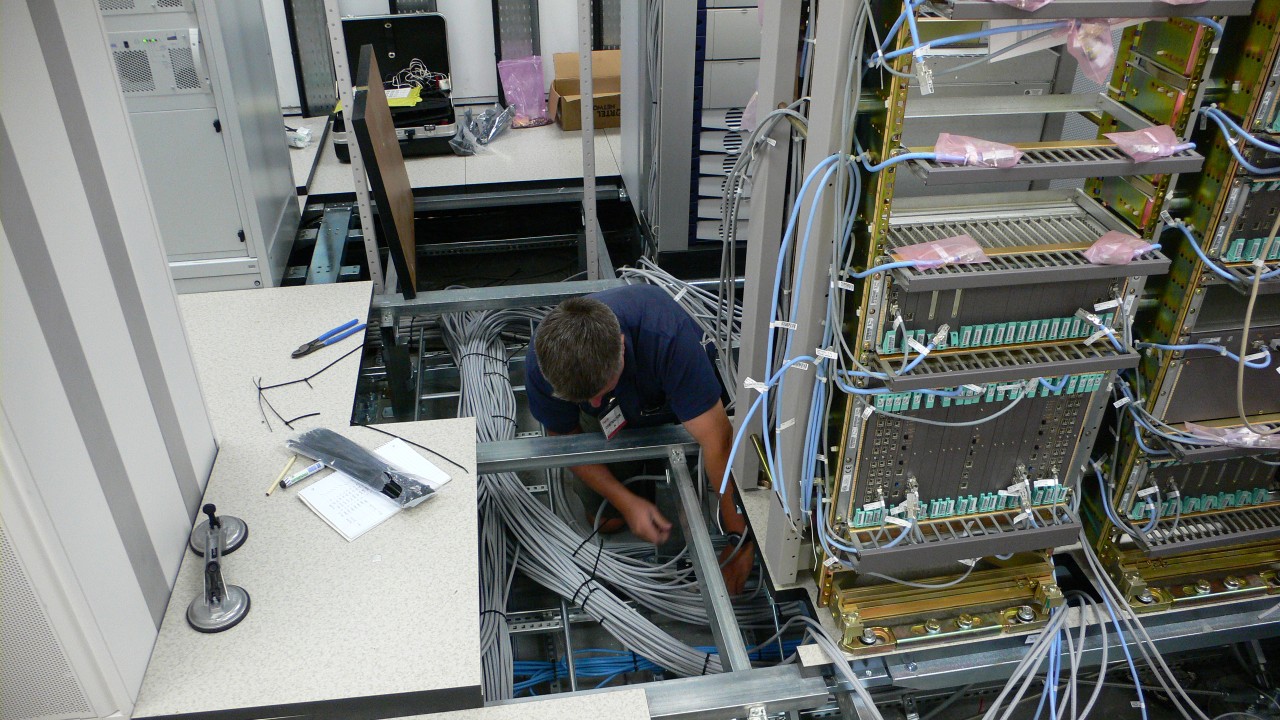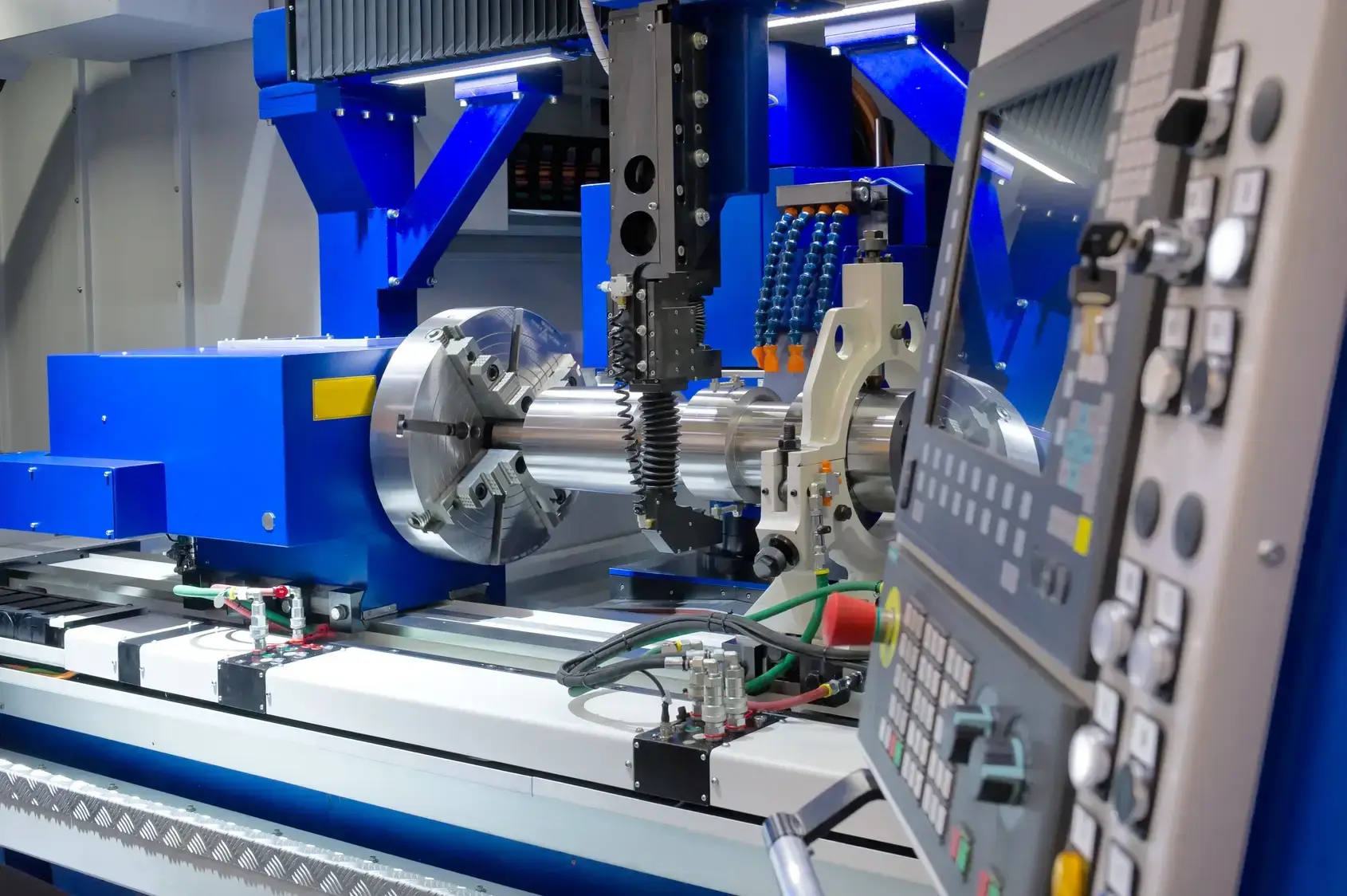Analyzing the CRI performance in combination with other light quality factors like brightness and warmth.
Unlocking Optimal Lighting Analyzing CRI Performance in Combination with Other Light Quality Factors
As businesses strive to create a visually appealing and comfortable environment for their customers and employees alike, the importance of high-quality lighting cannot be overstated. One crucial aspect of lighting analysis is measuring the Color Rendering Index (CRI), which evaluates how well a light source accurately represents colors under various conditions. However, CRI performance alone does not tell the entire story. Analyzing its combination with other essential light quality factors like brightness and warmth can provide a more comprehensive understanding of an illumination systems overall efficacy.
In this article, well delve into the significance of evaluating CRI in conjunction with other critical lighting metrics, exploring its benefits, applications, and what sets our laboratory services at Eurolab apart from the competition. By embracing this holistic approach to lighting analysis, businesses can make informed decisions that enhance their brand image, employee productivity, and customer satisfaction.
What is Analyzing CRI Performance in Combination with Other Light Quality Factors?
The Color Rendering Index (CRI) measures a light sources ability to accurately display colors compared to a reference light. A high CRI value indicates better color rendering capabilities, which are essential for applications like product showcases, art galleries, and even residential spaces where ambiance matters.
However, CRI performance is only one aspect of the lighting puzzle. Other critical factors, such as brightness (luminance) and warmth (color temperature), play equally important roles in determining the overall quality and effectiveness of an illumination system. By analyzing these metrics in conjunction with each other, businesses can
Ensure accurate color representation
Achieve optimal brightness levels for specific tasks or environments
Select lighting solutions that evoke the desired emotional response
The Benefits of Analyzing CRI Performance in Combination with Other Light Quality Factors
Evaluating CRI alongside brightness and warmth provides a more comprehensive understanding of an illumination systems capabilities. Some key benefits include
Enhanced Color Accuracy
Evaluating CRI ensures accurate color representation, crucial for applications where colors play a significant role.
By combining CRI with luminance and color temperature analysis, businesses can fine-tune their lighting solutions to meet specific needs.
Optimal Brightness Levels
Determining the right brightness levels for a space or task is essential for productivity and visual comfort.
Analyzing CRI in combination with other light quality factors helps identify areas where increased brightness may be beneficial.
Emotional Connection through Warmth
Color temperature affects how we perceive a space, with warm tones often evoking feelings of coziness and relaxation.
By evaluating the warmth of a lighting solution alongside its CRI performance and luminance, businesses can create an atmosphere that resonates with their target audience.
Long-term Cost Savings
Investing in high-quality lighting solutions may seem costly upfront but can lead to significant energy savings over time.
By selecting lighting systems optimized for specific tasks or environments, businesses can reduce waste and lower their carbon footprint.
Competitive Advantage
In todays competitive market, showcasing high-quality products or art pieces under well-designed lighting can be a major differentiator.
By leveraging our laboratory services at Eurolab to analyze CRI in combination with other light quality factors, businesses can gain a unique edge in their industry.
Improved Employee Productivity
Employees working in spaces with optimized lighting are more likely to experience improved productivity and reduced eye strain.
By evaluating the CRI performance of their lighting solutions alongside other critical metrics, business owners can create workspaces that foster creativity and well-being.
QA Common Questions About Analyzing CRI Performance in Combination with Other Light Quality Factors
Q What is the typical range for a high-quality CRI value?
A Generally speaking, a CRI value above 80 is considered excellent. However, this can vary depending on specific applications and industries.
Q How does brightness (luminance) impact color rendering?
A Brightness affects how colors appear in a given space. While high luminance levels may be required for tasks like reading or working on precision machinery, excessive brightness can lead to eye strain and decreased productivity.
Q Can I use LED lighting with a lower CRI value effectively?
A LEDs offer numerous benefits, including energy efficiency and long lifespan. However, their color rendering capabilities can vary significantly depending on the specific model and application. Our laboratory services at Eurolab help businesses optimize their LED lighting solutions for maximum impact.
Q What role does warmth (color temperature) play in determining a lighting solutions overall effectiveness?
A Color temperature affects how we perceive a space. Warm tones often evoke feelings of coziness, while cool tones can create a sense of brightness and alertness. By evaluating the color temperature of your lighting solutions alongside CRI performance and luminance, businesses can craft an atmosphere that resonates with their target audience.
Conclusion
In todays fast-paced business environment, creating an inviting and comfortable environment is crucial for success. Analyzing CRI performance in combination with other light quality factors like brightness and warmth provides a more comprehensive understanding of an illumination systems capabilities. By leveraging our laboratory services at Eurolab to evaluate these critical metrics, businesses can
Enhance color accuracy
Achieve optimal brightness levels
Evolve the desired emotional response through warmth
Realize long-term cost savings
Gain a competitive edge
Improve employee productivity
By embracing this holistic approach to lighting analysis, business owners can make informed decisions that drive growth and customer satisfaction.




